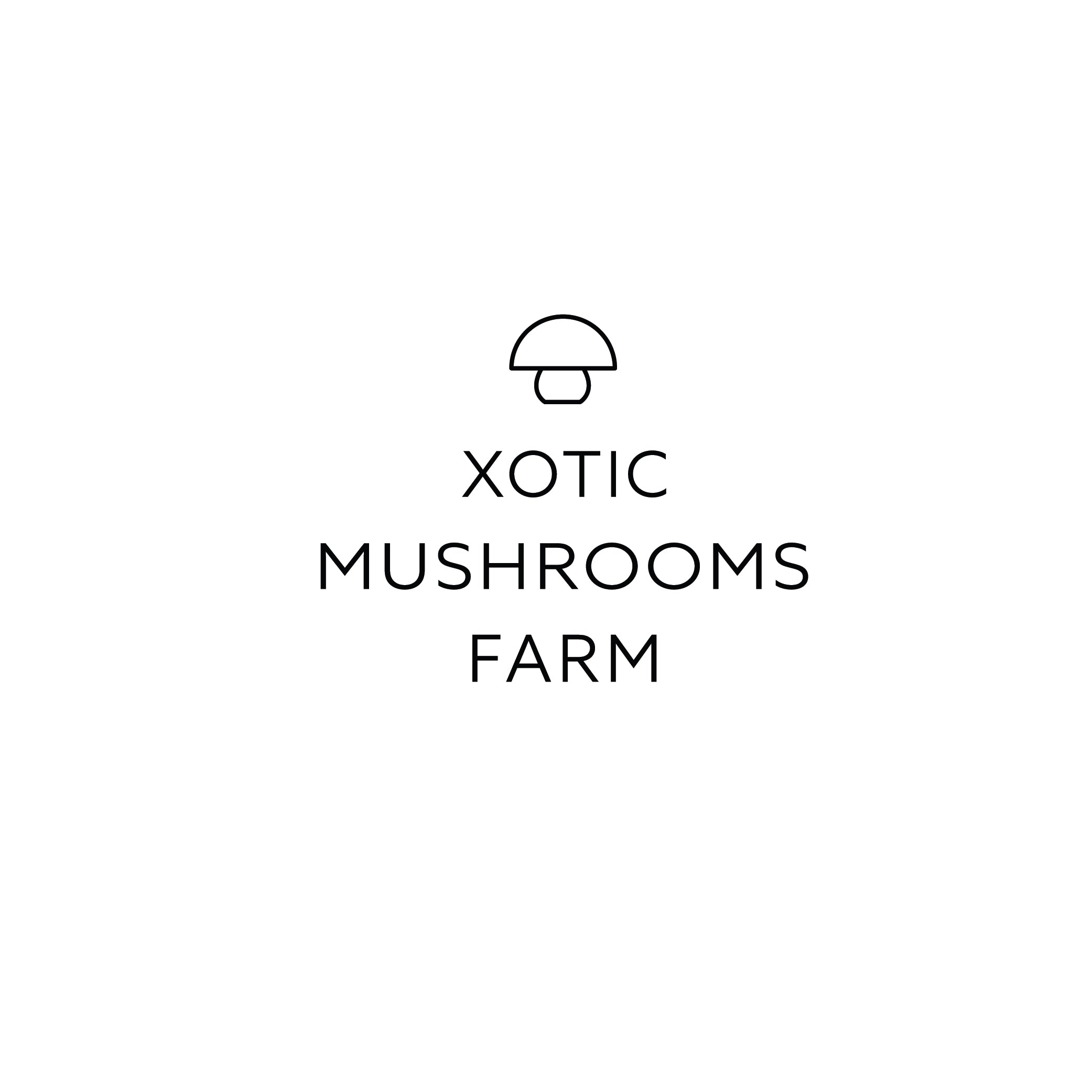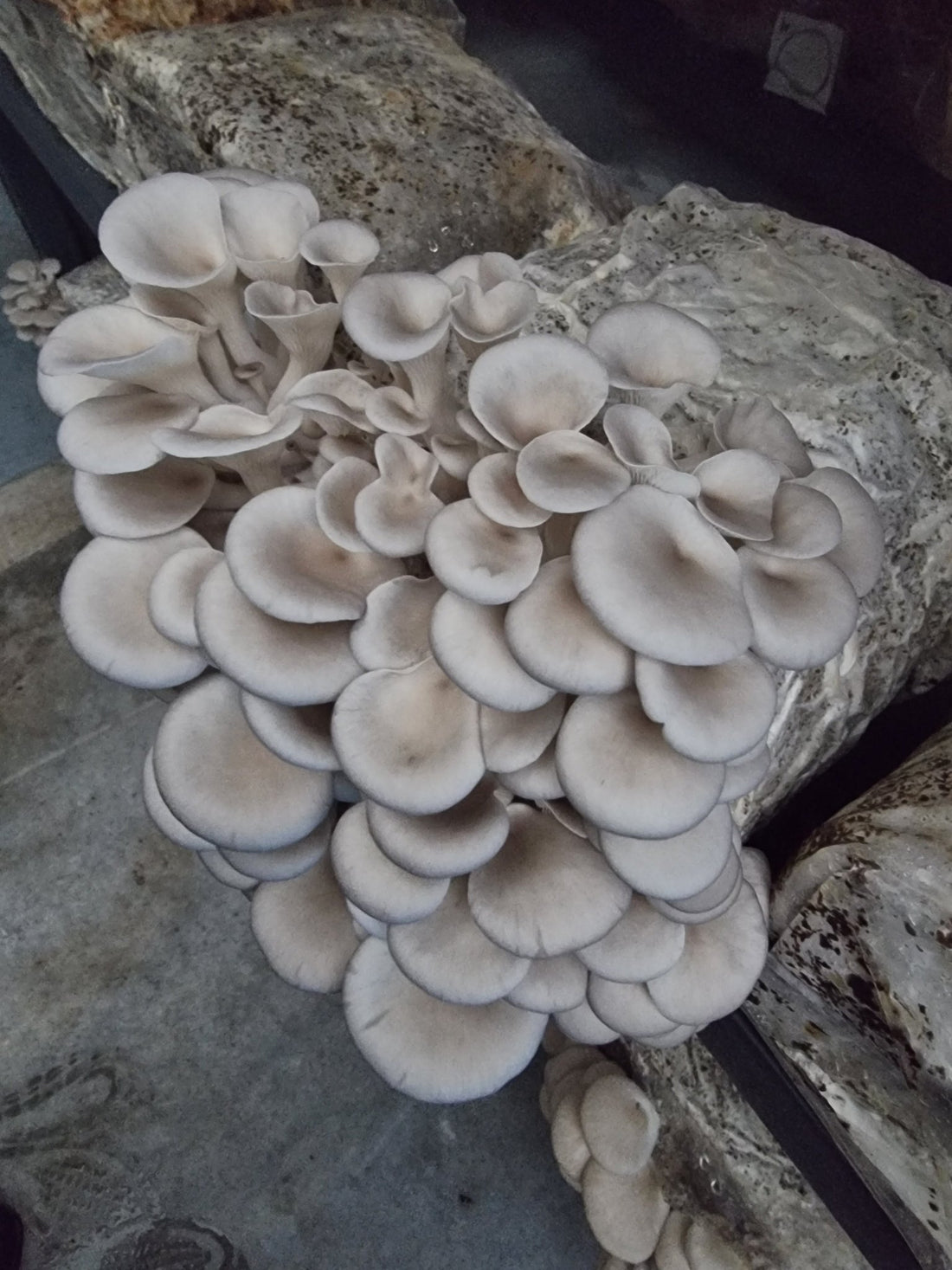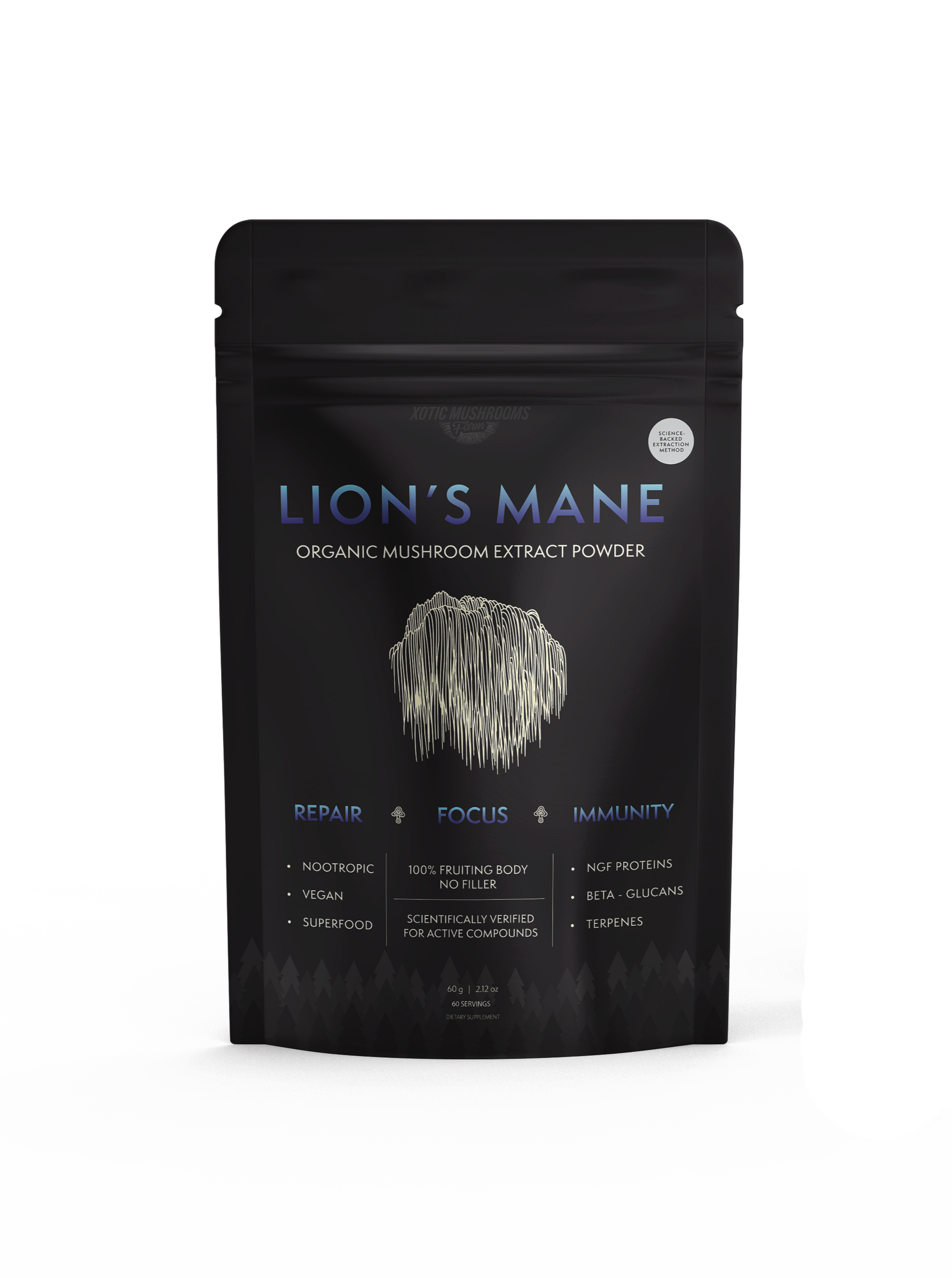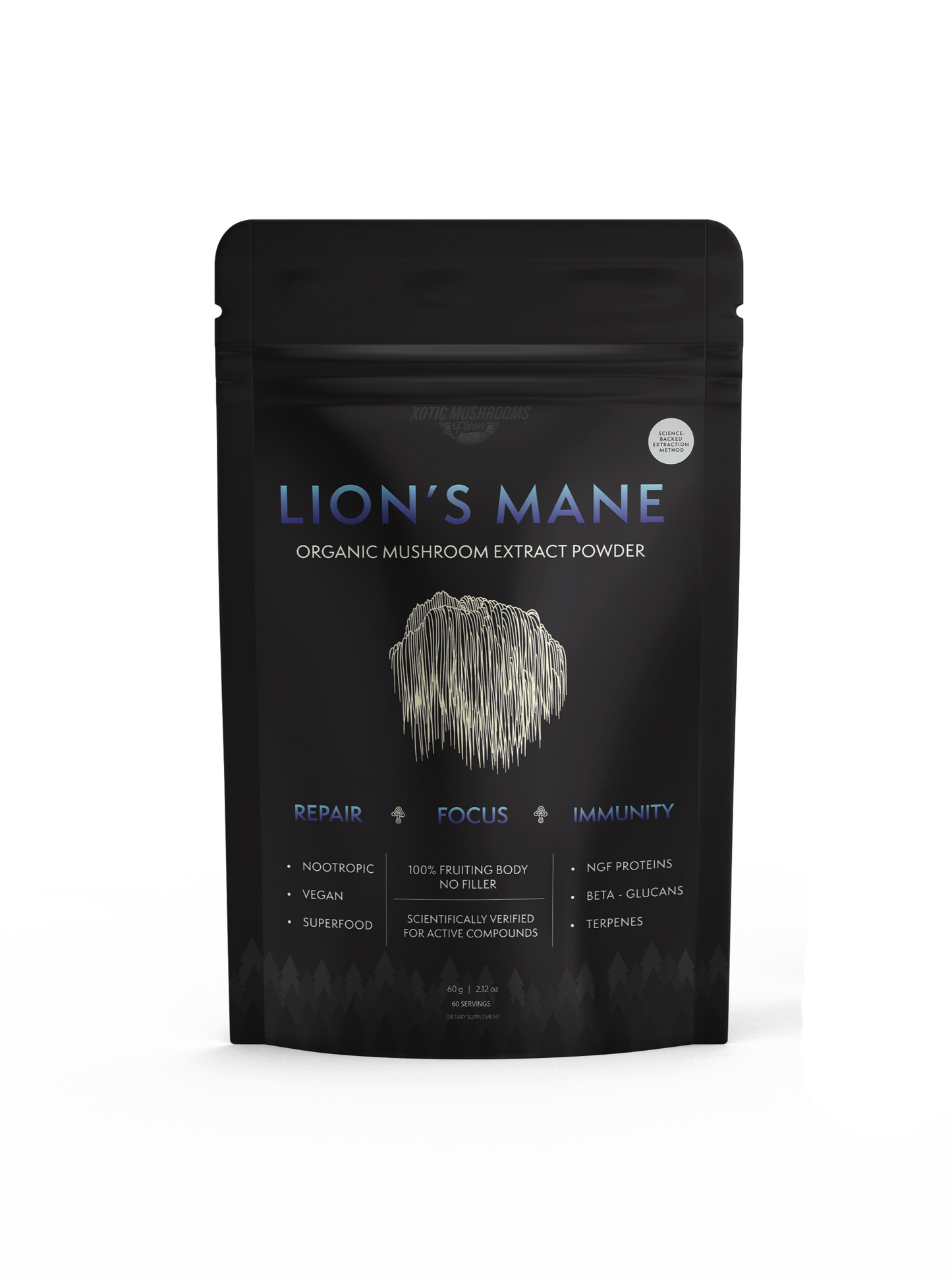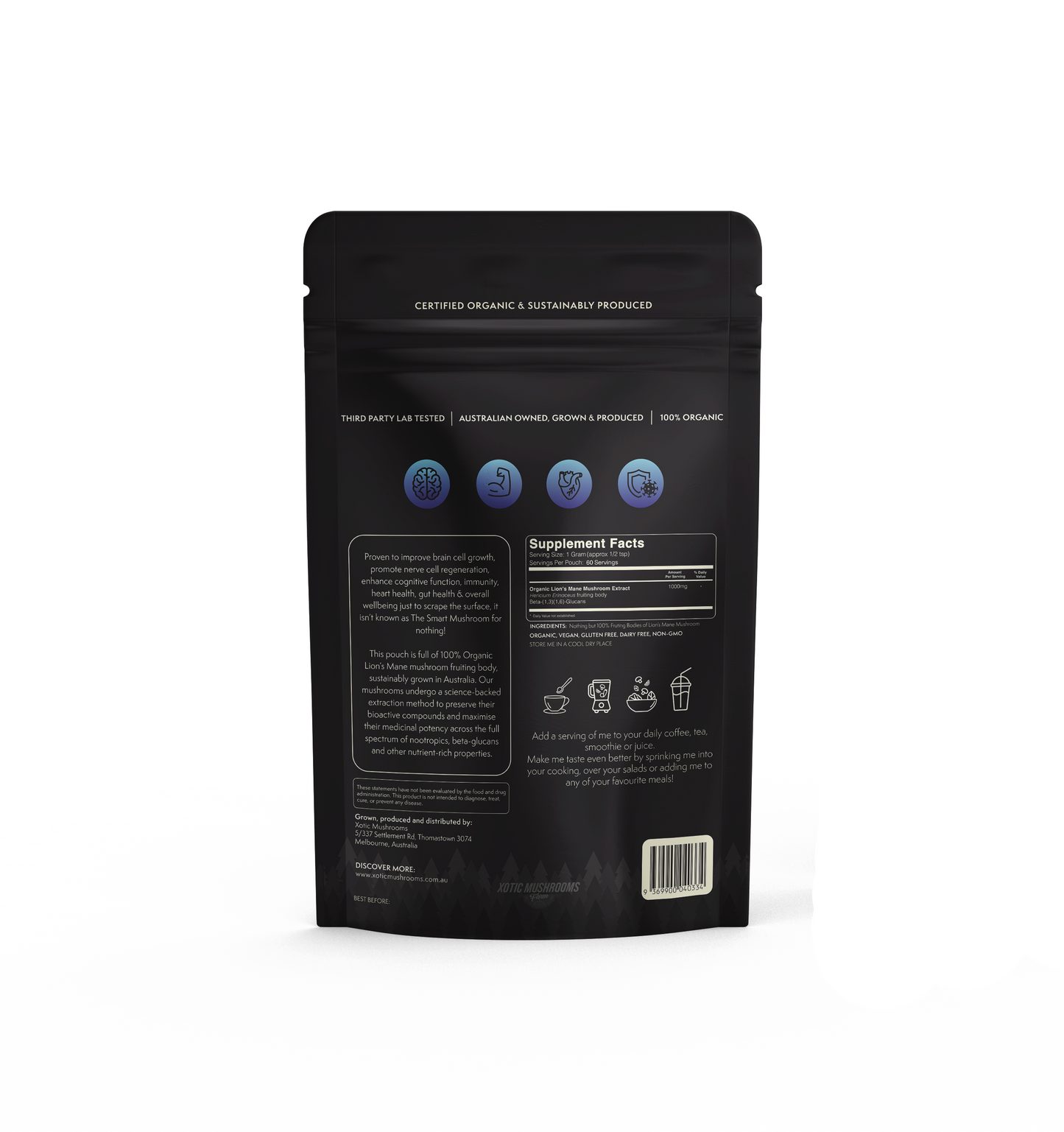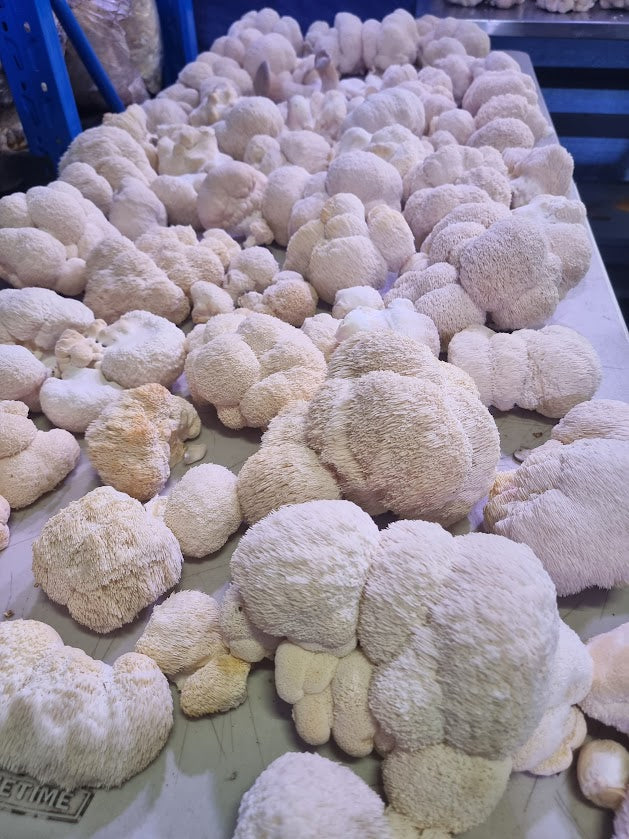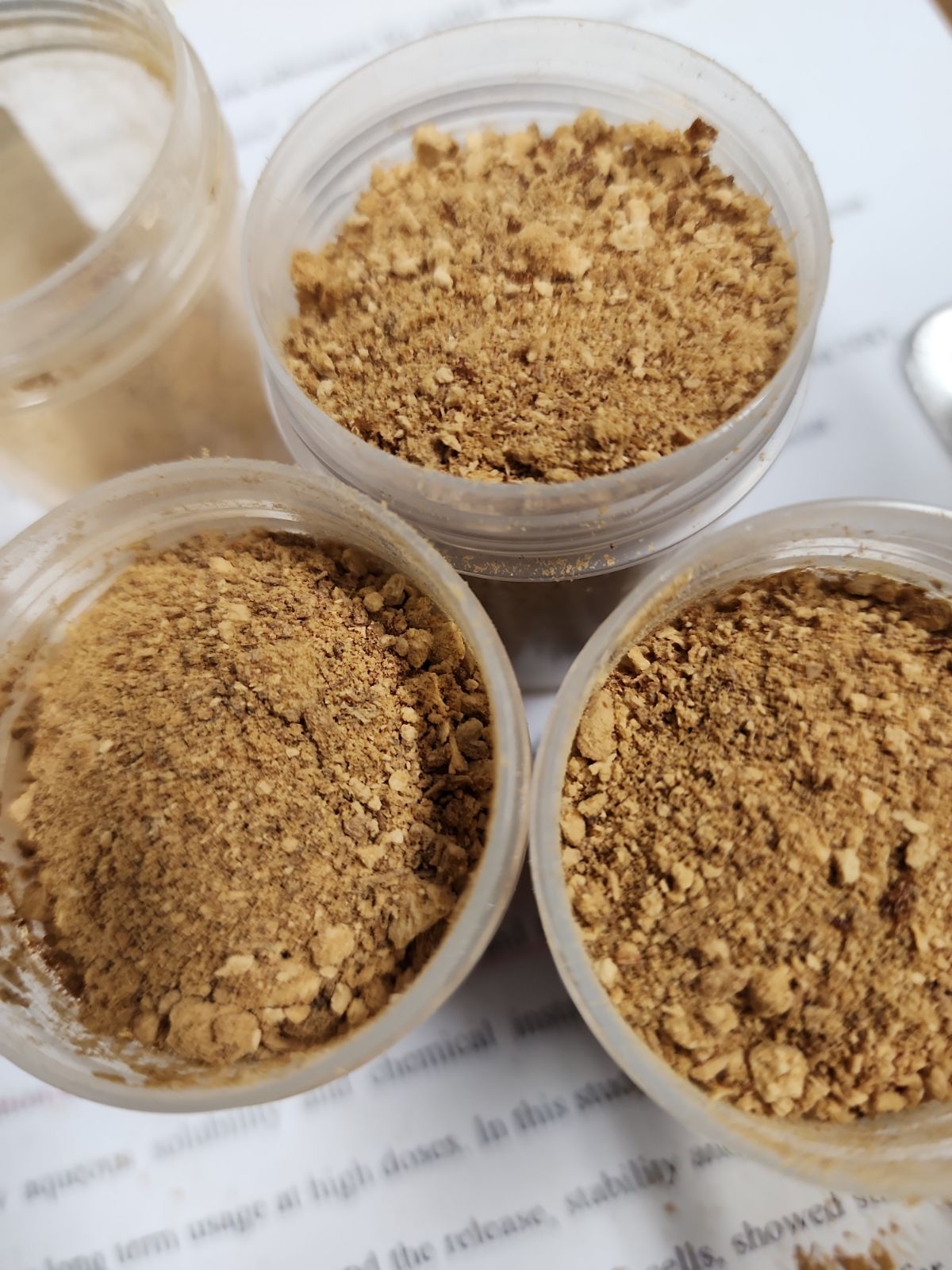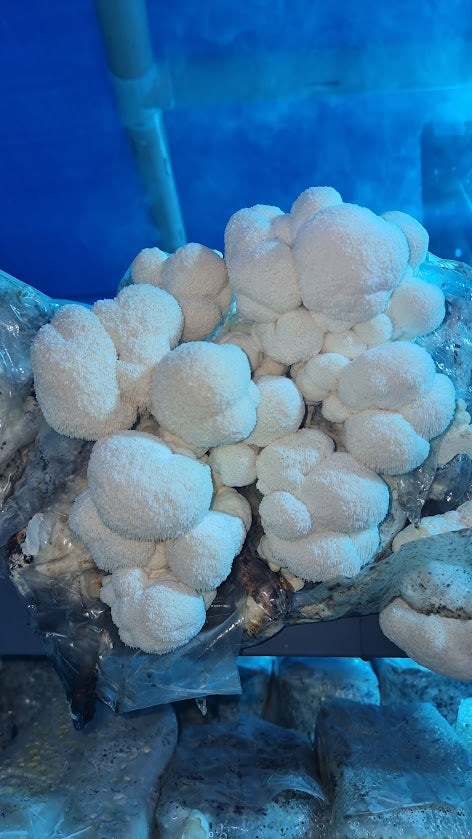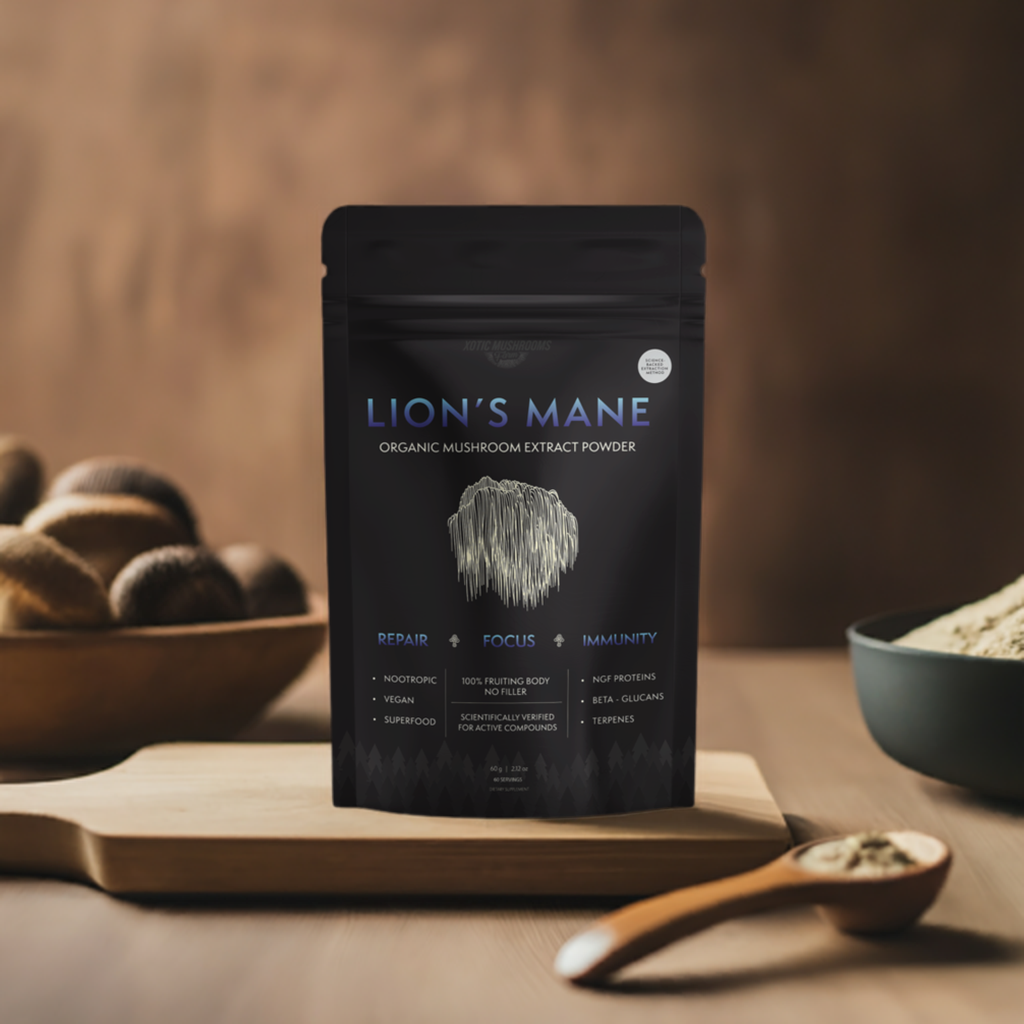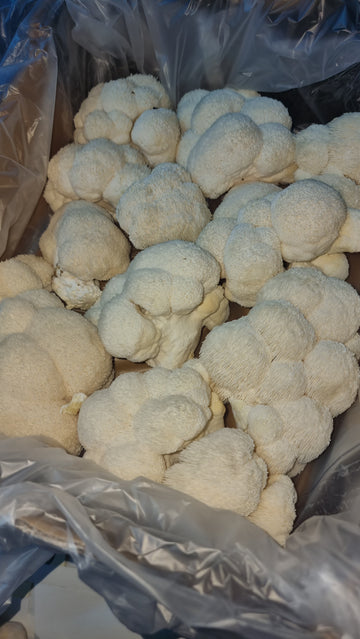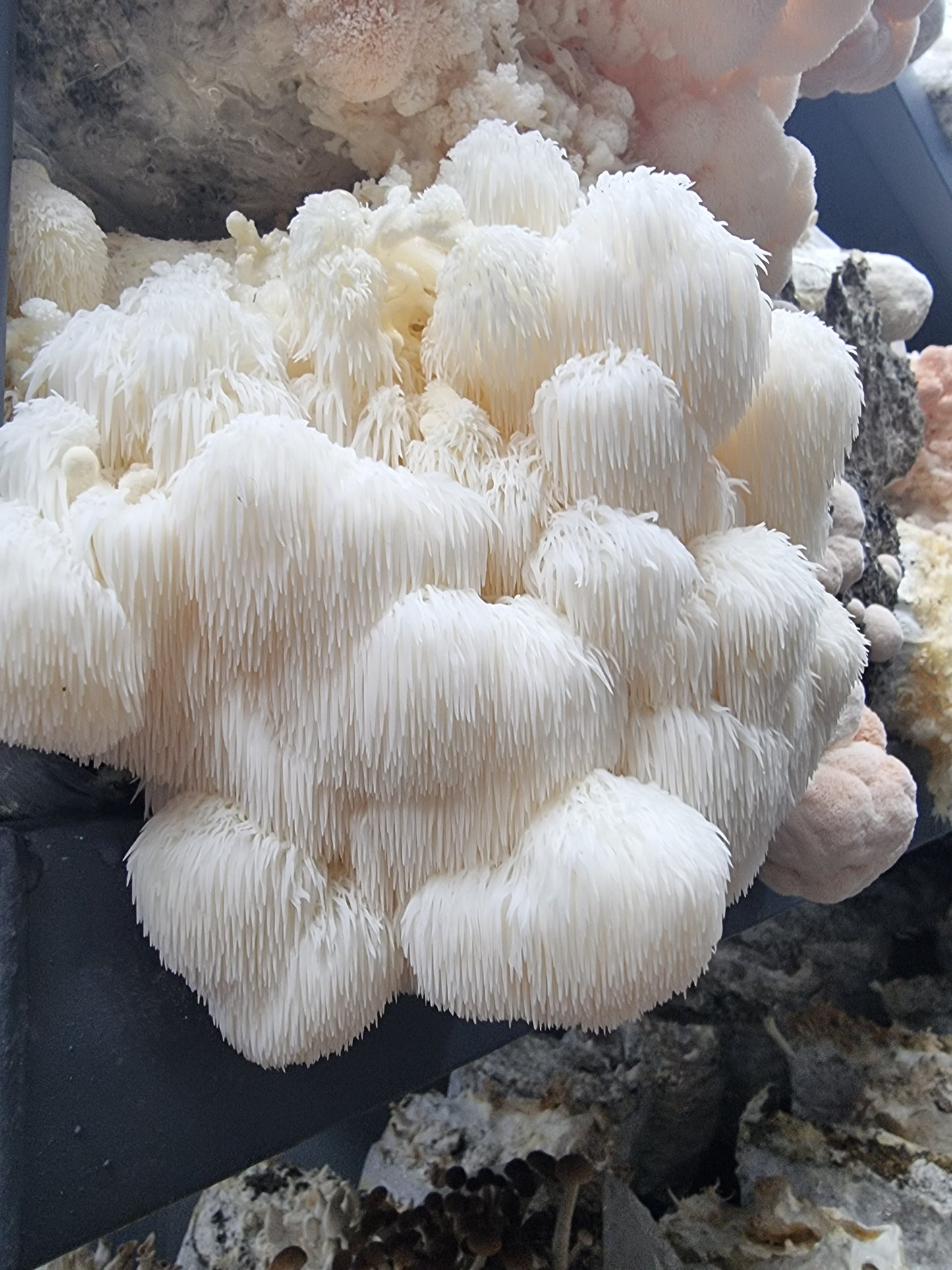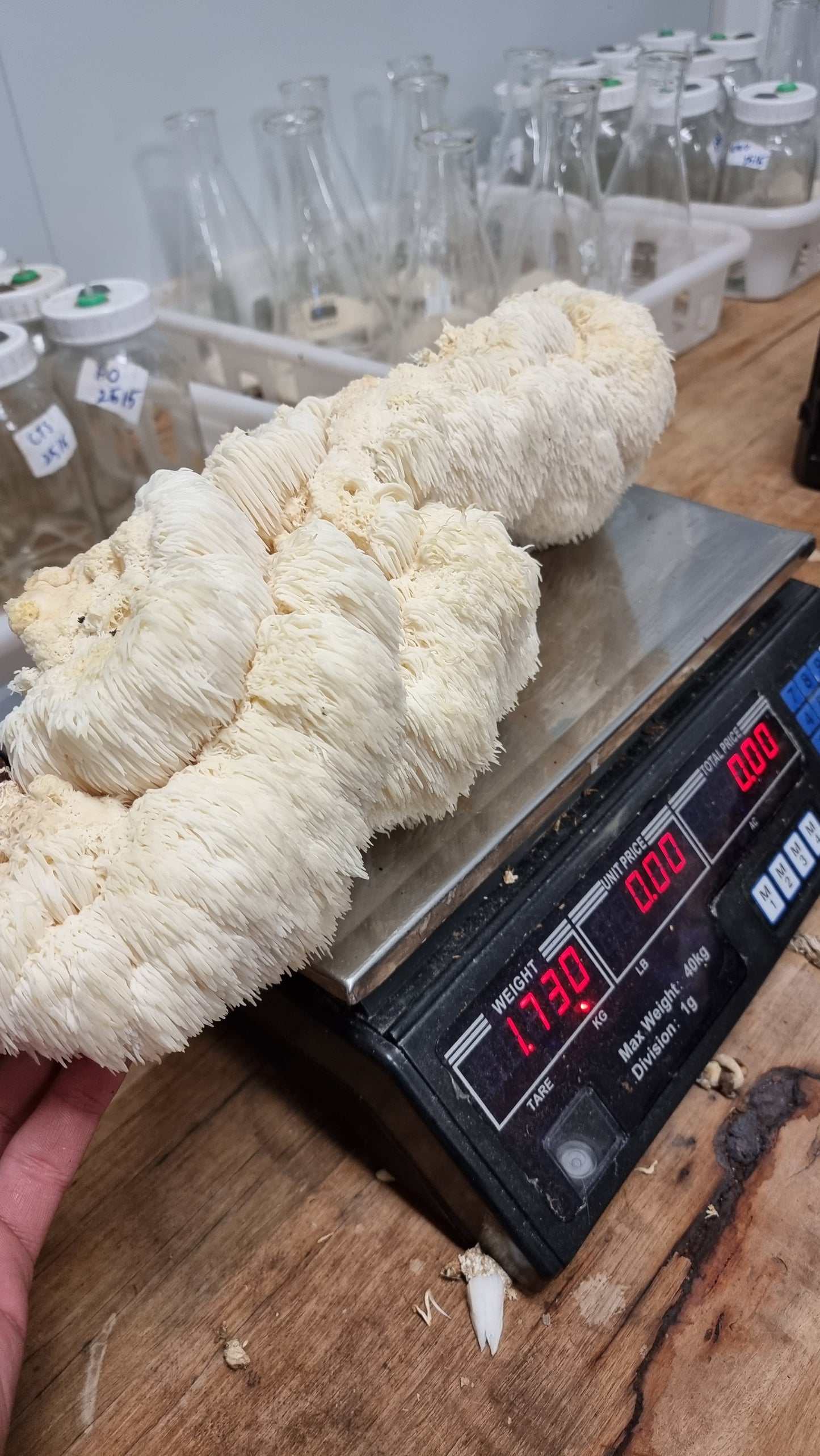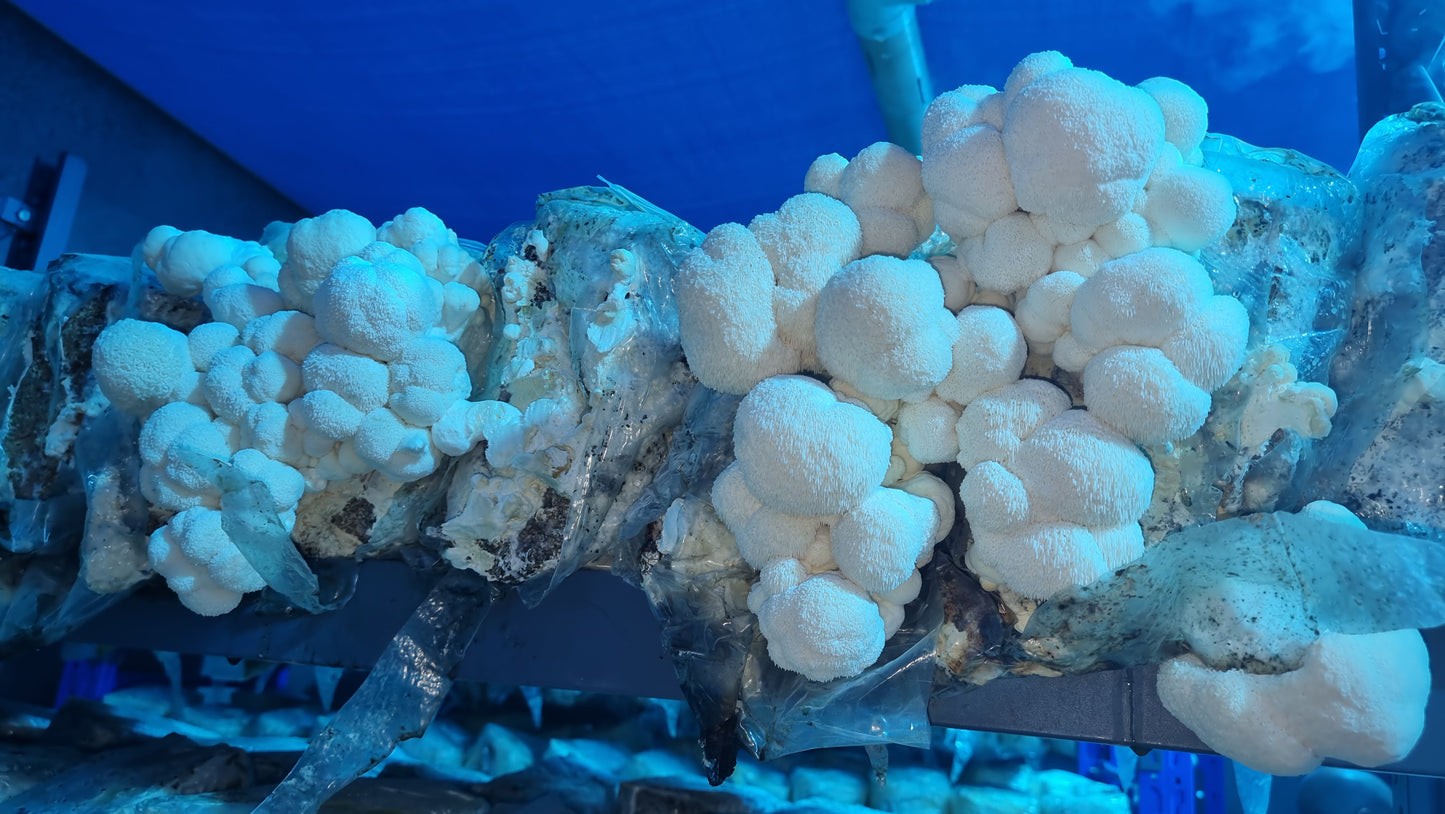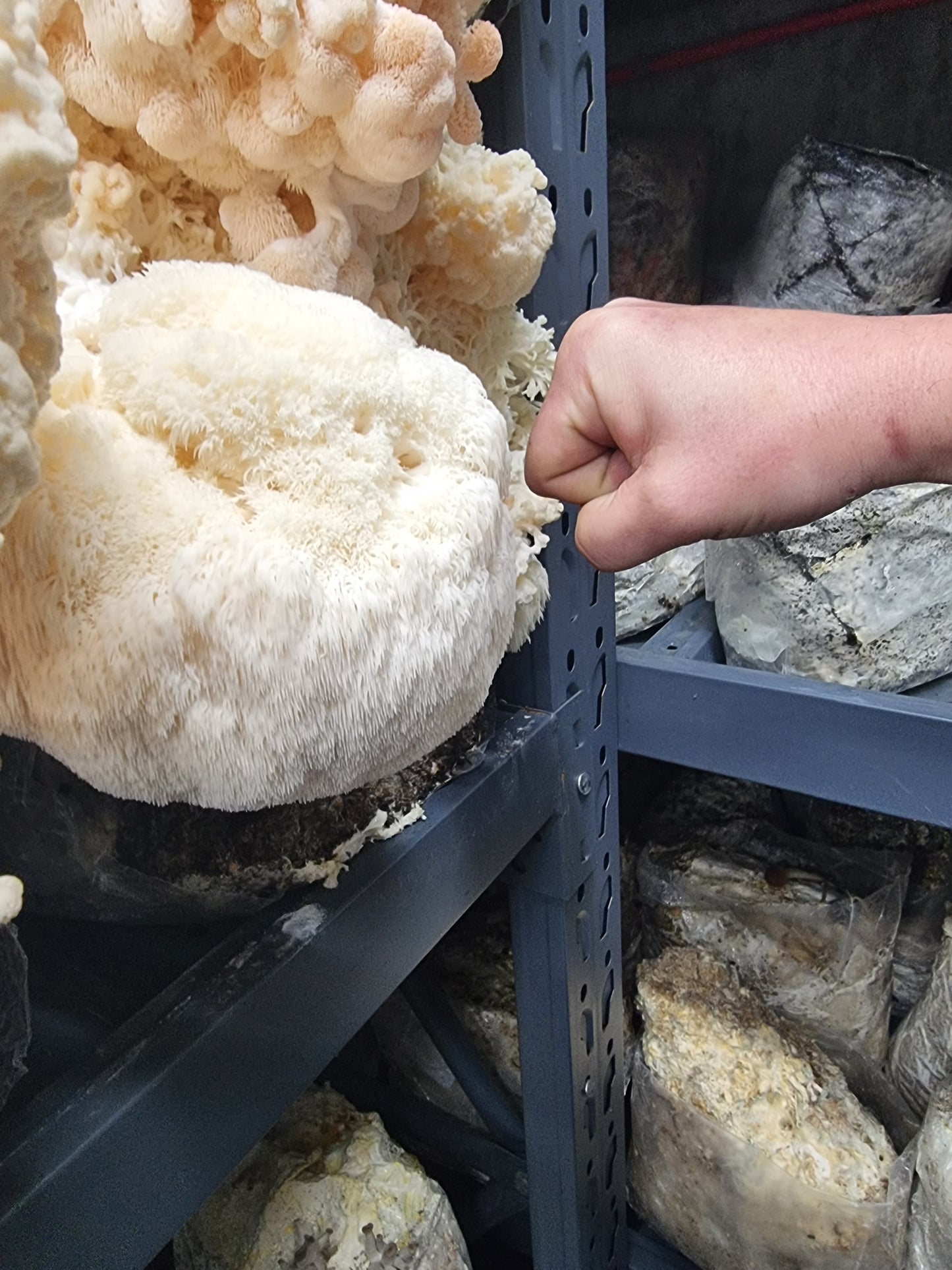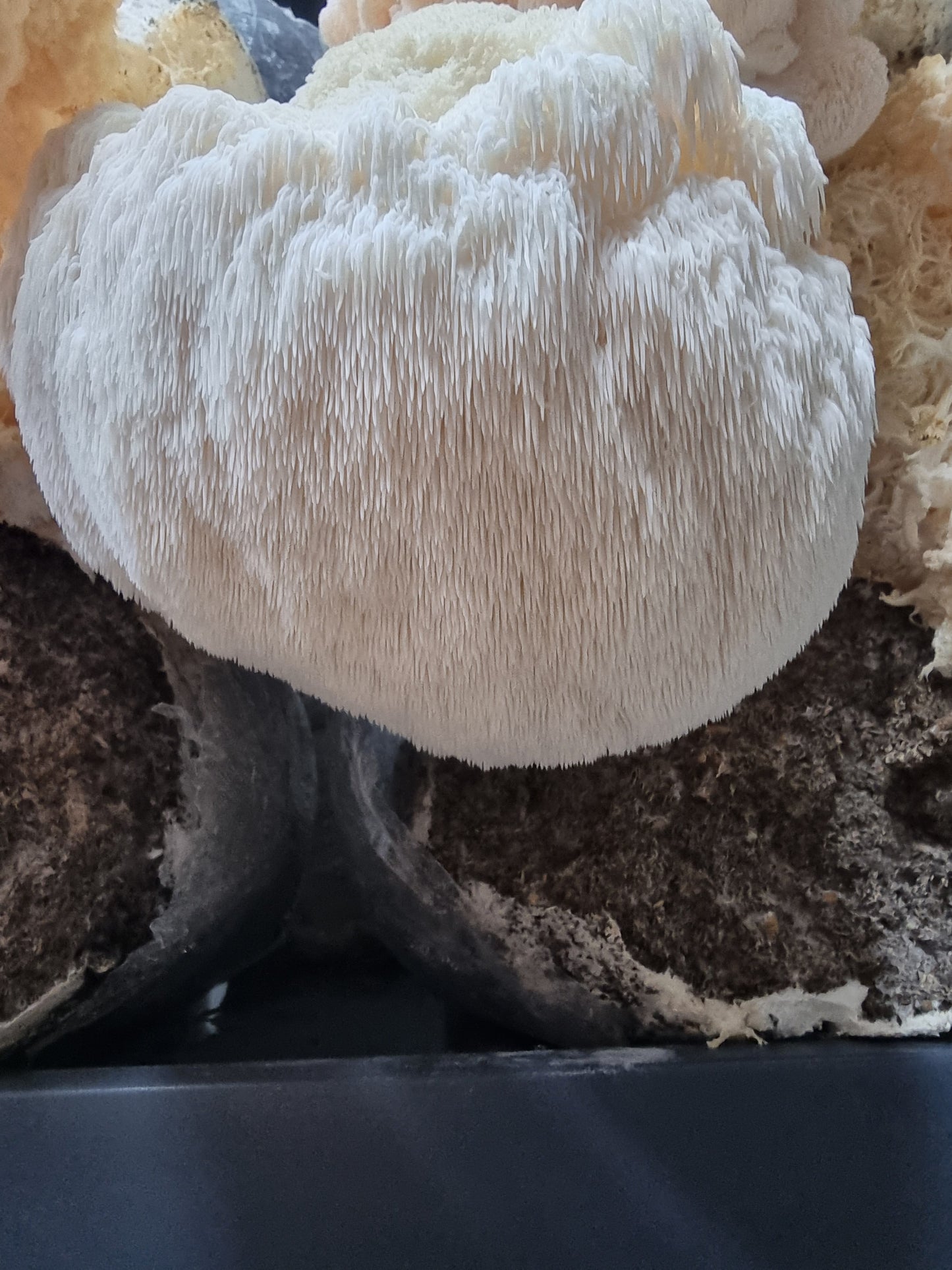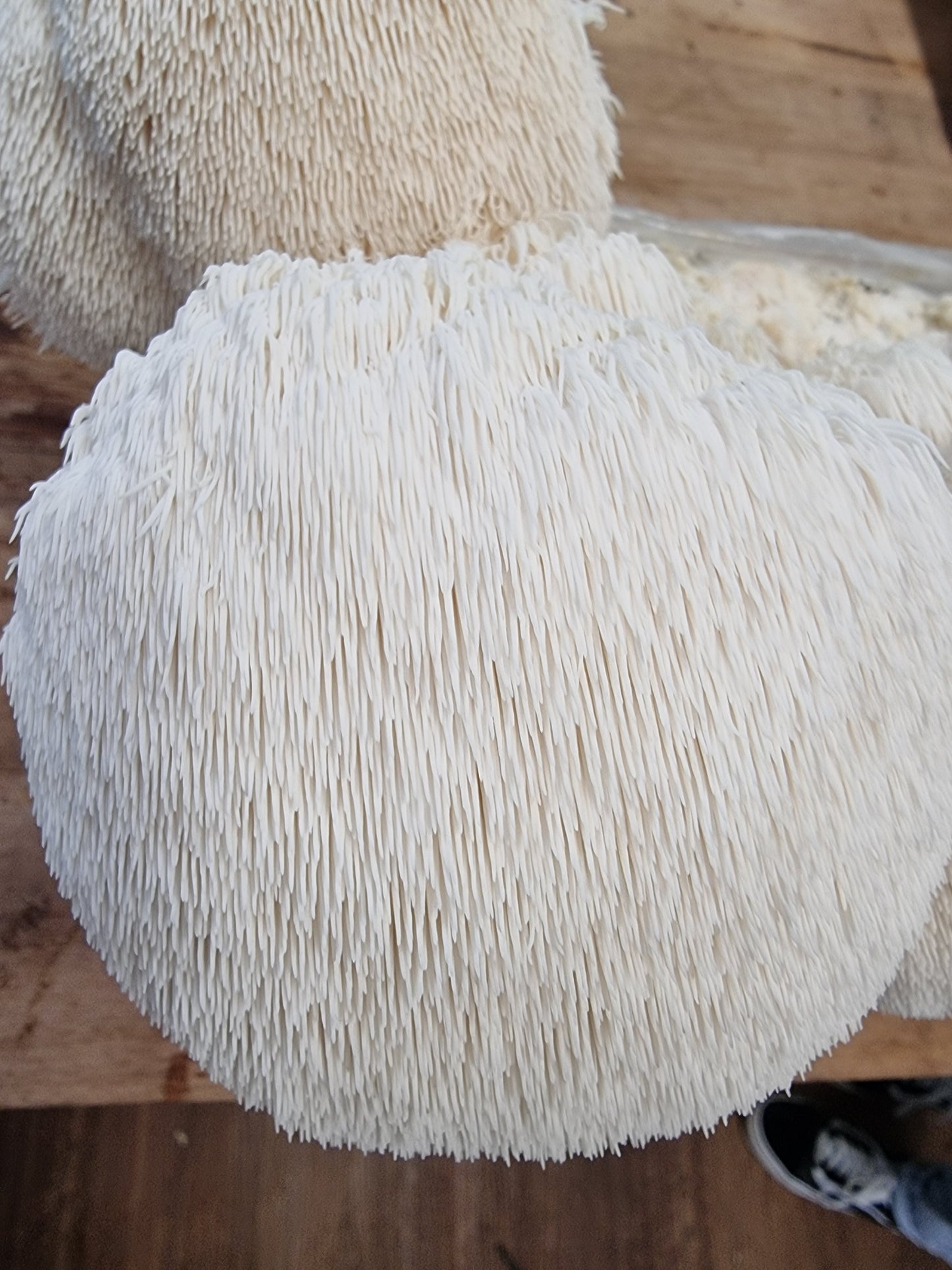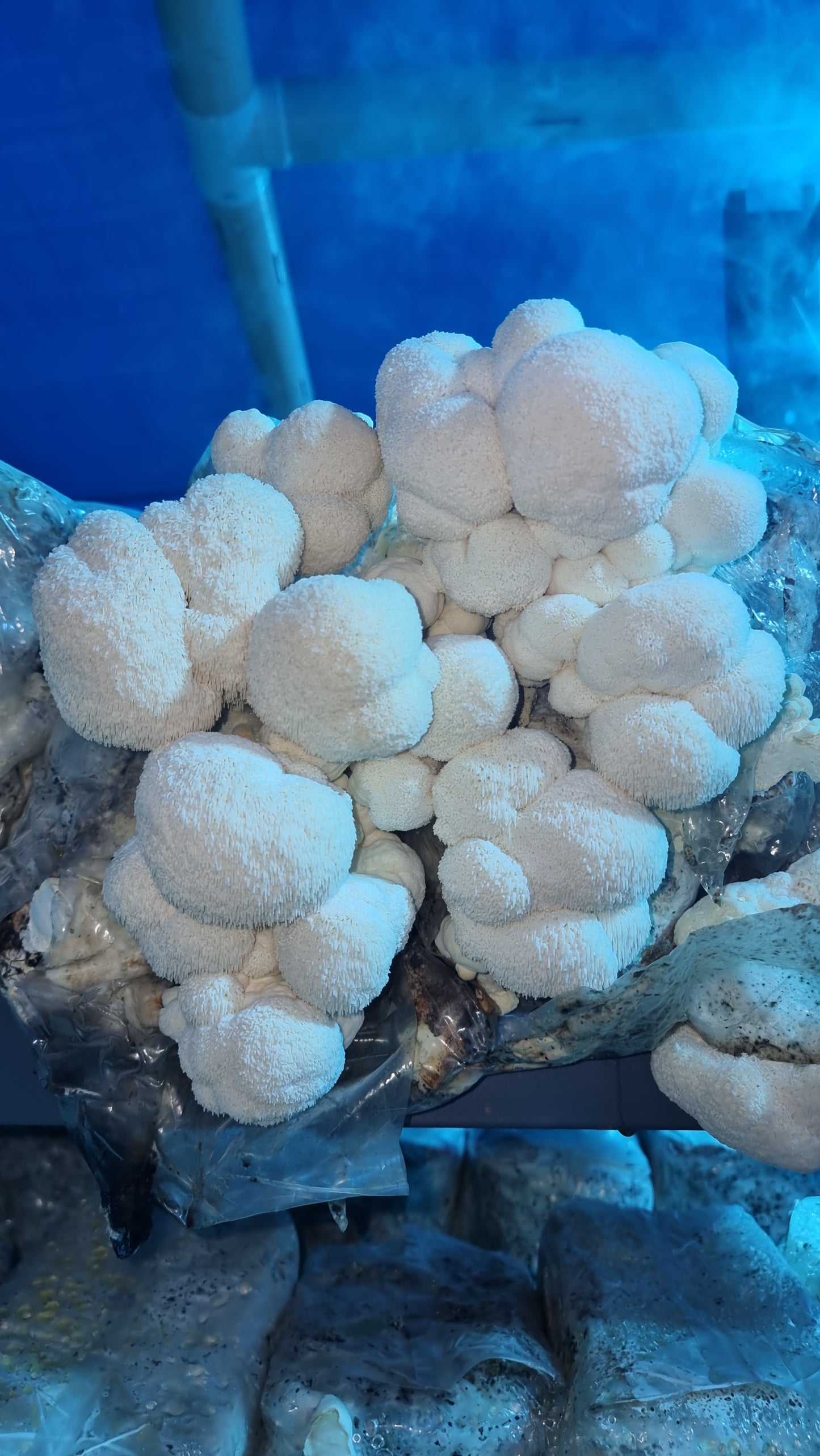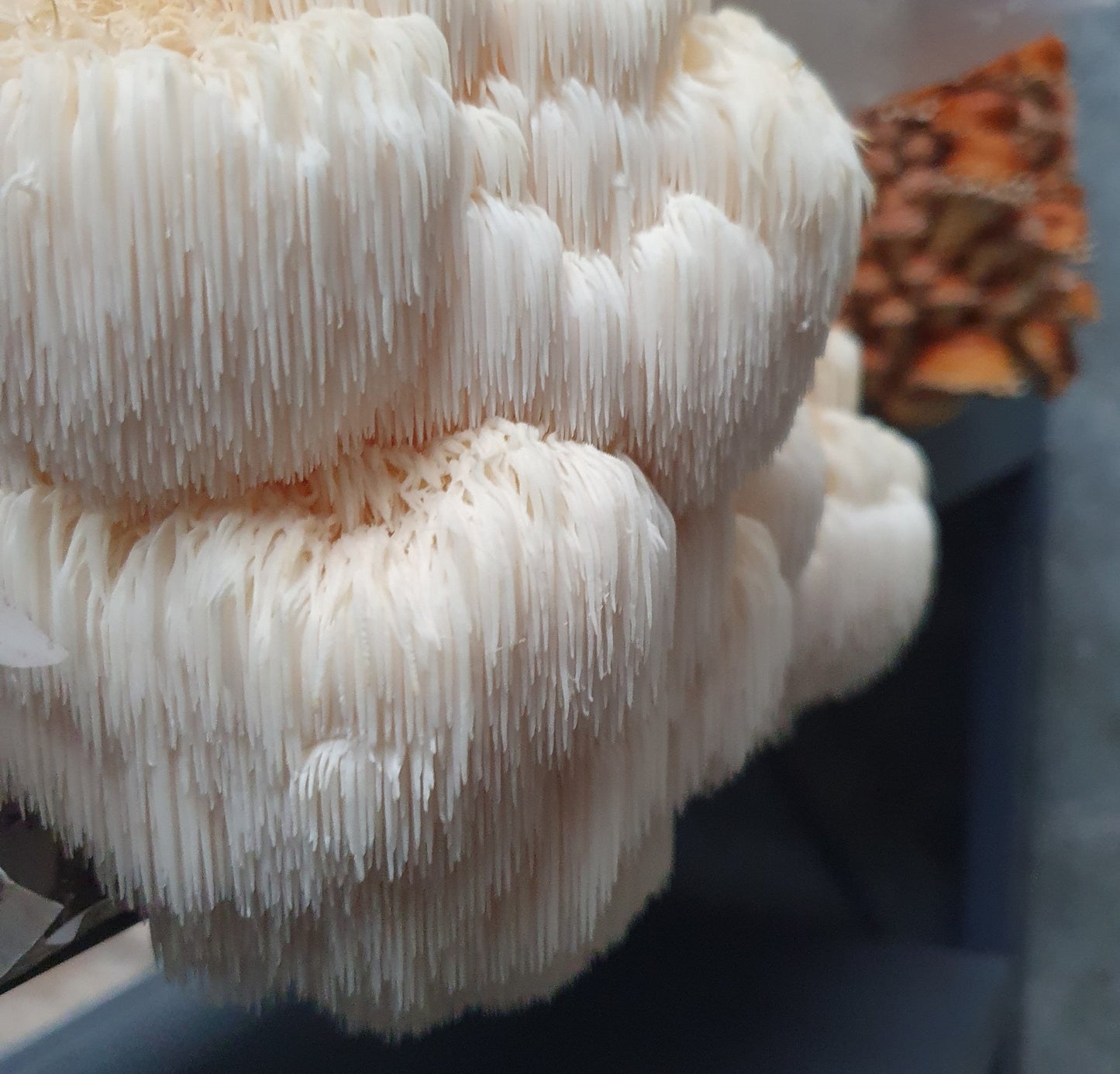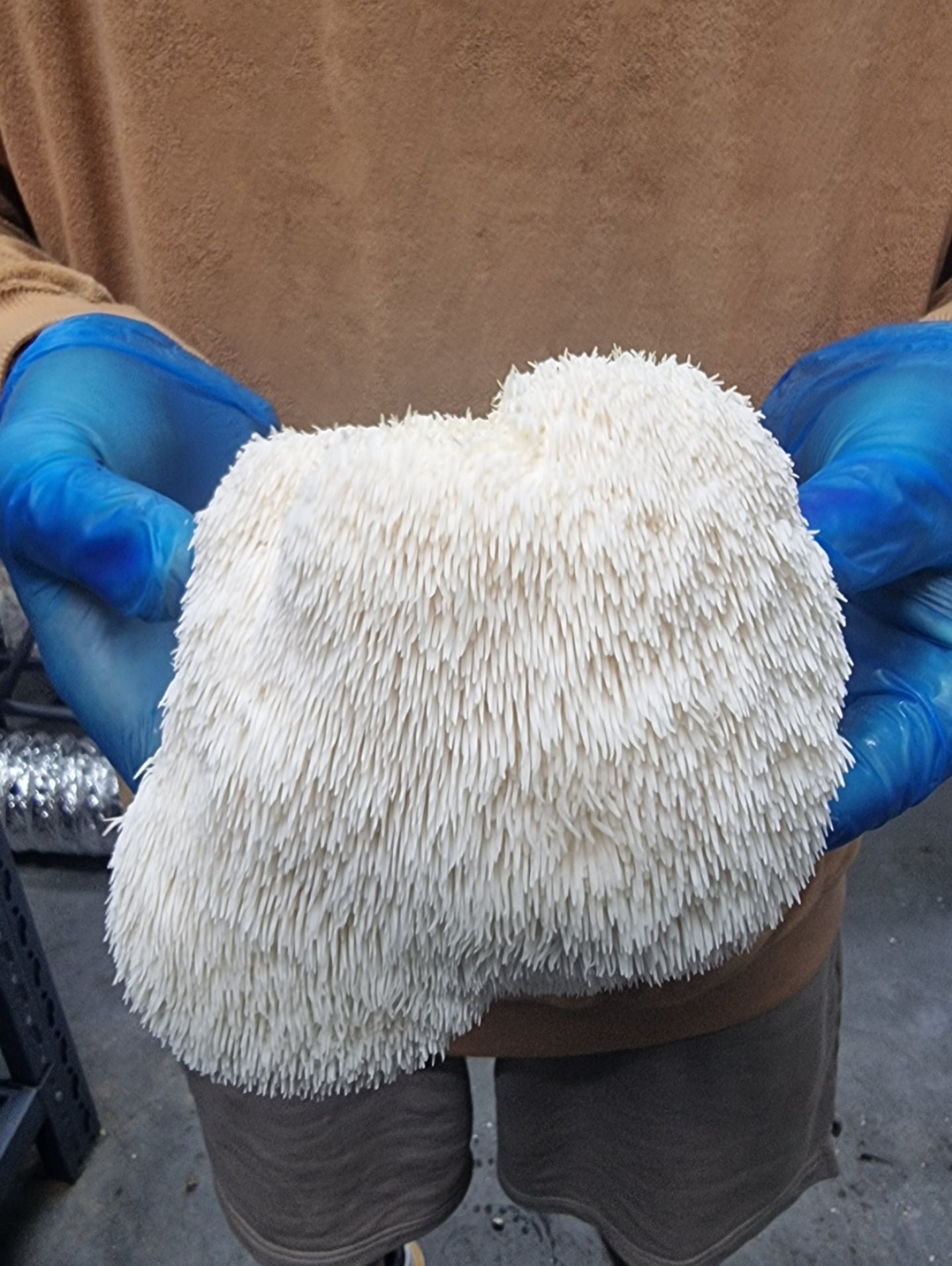Oyster mushrooms are a culinary delight that captivate with their unique appearance and delicious taste.
Scientifically known as Pleurotus sp, these mushrooms come in various types, each with its own distinct characteristics.
In this article, we will explore the top 7 types of oyster mushrooms that you need to know.
From the delicate Yellow Oyster to the meaty King Oyster, these mushrooms offer a range of flavors and textures to elevate your culinary experiences.
Additionally, we will delve into the history of oyster mushrooms and discuss whether to buy or grow them.
Let's dive in!
What are the Top 7 Types Of Oyster Mushrooms You Must Know?
The top 7 types include the delicate Yellow Oyster, visually striking Pink Oyster, earthy Blue Oyster, meaty King Oyster, unique Elm Oyster, versatile Pearl Oyster, and creamy Phoenix Oyster. Each variety brings its own distinct characteristics to dishes, adding depth and excitement to your culinary creations.
They offer a diverse range of flavors, textures, and colors, making them a must-know for culinary enthusiasts.
The Oyster Mushroom Family
Oyster mushrooms belong to the Pleurotus genus, which encompasses over 200 different species.
While there are numerous varieties, we will focus on the most popular ones that are commonly cultivated and sold.
1. Yellow Oyster

The Yellow Oyster (Pleurotus citrinopileatus) is an eye-catching variety known for its delicate, small yellow caps - about 20 mm to 65 mm across.
Although it is not suitable for mass markets due to its fragility, it thrives when grown at home.They’re not that good for sending to long distances because too much handling can damage the caps.
The Yellow Oyster's flavor is mild, allowing it to absorb the taste of spices and sauces used in cooking.
Whether added to soups or salads, this mushroom adds a unique texture and subtle flavor to your dishes.
2. Pink Oyster

With its vibrant pink color, the Pink Oyster (Pleurotus djamor) is a visually striking variety.
This mushroom grows quickly, but it has a short shelf life.
Its meaty and chewy texture makes it a popular choice in Asian cuisine.
They thrive in tropical locales similar to Indonesia and partially hot weather at temperatures in excess of 30°C. Lower during the growth cycle will make the mycelium die.
Caps grow can go up to 2 cm and 5 cm.
The Pink Oyster's versatility allows it to be cooked to a crisp, making it an excellent plant-based substitute for bacon.
Use it in soups, stews, or pasta dishes for a burst of flavor and texture.
3. Blue Oyster

Unlike its pink counterpart, the Blue Oyster (Pleurotus ostreatus var. columbinus) thrives in colder temperatures between 7°C and 18°C.
The lower the temperature during fruiting, the more intense the blue color of this mushroom becomes.
Growing Blue Oyster mushrooms at home can be a challenge due to their high oxygen requirement.
However, when grown successfully, they offer an earthy and rich flavor, making them an ideal meat substitute. Be sure to chop the stems small and cook them before adding the caps to achieve the best texture.
4. King Oyster
Pleurotus eryngii, commonly known as the King Oyster, lives up to its name with its large, thick stems and small caps.
This mushroom is cultivated in environments with high carbon dioxide levels to produce its distinctive shape.
Although it grows naturally in various regions, the cultivated specimens tend to have smaller caps.
King Oyster mushrooms have a mild flavor and are often used as a seafood substitute in vegan recipes.
Their scallop-like texture and versatility make them a favorite in Asian dishes and noodle-based recipes.
5. Elm Oyster
While not a true Pleurotus mushroom, the Elm Oyster (Hypsizygus ulmarius) is worth mentioning for its indoor cultivation potential.
This mushroom can tolerate high carbon dioxide levels and has a unique flavor compared to regular oyster mushrooms.
In the wild, the Elm Oyster prefers to grow on elm trees, forming dense clusters of large caps.
It offers a light flavor when young and can be used in vegetarian and vegan recipes as a meat substitute when more mature.
6. Pearl Oyster (Pleurotus Ostreatus)

Pleurotus ostreatus, commonly known as Pearl Oyster, is another noteworthy variety within the oyster mushroom family.
It has a distinctive appearance, with whitecaps and a delicate texture. Pearl Oyster mushrooms are highly versatile and can be used in a variety of dishes, from stir-fries to pasta sauces.
They have a mild, slightly nutty flavor that pairs well with various seasonings and ingredients.
7. Phoenix Oyster (Pleurotus Pulmonarius)
The Phoenix Oyster (Pleurotus pulmonarius) is a close relative of the Pearl Oyster and shares many similarities.
It has a creamy white color and a tender texture. The flavor is mild and slightly sweet, making it a versatile ingredient in both savory and sweet dishes.
Whether sautéed, grilled, or added to soups and stir-fries, the Phoenix Oyster adds a delightful taste and texture to your meals.
Oyster Mushrooms Throughout History
The history of oyster mushrooms dates back centuries.
Dutch naturalist Nikolaus Joseph Freiherr von Jacquin was the first to identify them in 1775, initially classifying them under the Argaricus genus.
However, German mycologist Paul Kummer reclassified them as Pleurotus in 1871, where they have been classified ever since.
Oyster mushrooms were first cultivated in Germany during World War I and have since gained popularity as culinary mushrooms worldwide.
They are used in a variety of regional cuisines and are particularly prominent in Asian dishes.
Oyster mushrooms have also become a favorite among vegetarians and vegans due to their meaty texture and versatility in recipes.
Where To Buy or to Grow?
While traditional oyster mushrooms, especially the Pleurotus ostreatus variety, are becoming more readily available in grocery stores, some of the unique oyster mushroom varieties can be harder to find.
Yellow, pink, and blue oyster mushrooms are often only found in their wild habitats or at farmers' markets. However, the King Oyster mushroom is an exception as it has a longer shelf life and is more commonly available for retail sale.
If you are interested in cultivating oyster mushrooms at home, it is a rewarding and enjoyable experience.
Growing kits (Yellow Oyster Mushroom Grow Kit, Pink Oyster Mushroom Grow Kit)and resources are available for different oyster mushroom varieties, making it accessible for beginners.
By following proper growing techniques and providing the necessary conditions, you can have a fresh supply of oyster mushrooms right at your fingertips.
Conclusion
Oyster mushrooms offer a wide range of flavors, textures, and colors that make them a popular choice among culinary enthusiasts.
From the delicate Yellow Oyster to the meaty King Oyster, each variety brings its own unique characteristics to the table.
Whether you choose to buy them or grow them at home, oyster mushrooms are a versatile ingredient that can elevate your dishes to new heights.
Explore the different varieties, experiment with cooking techniques, and savor the delights of these fascinating fungi.
